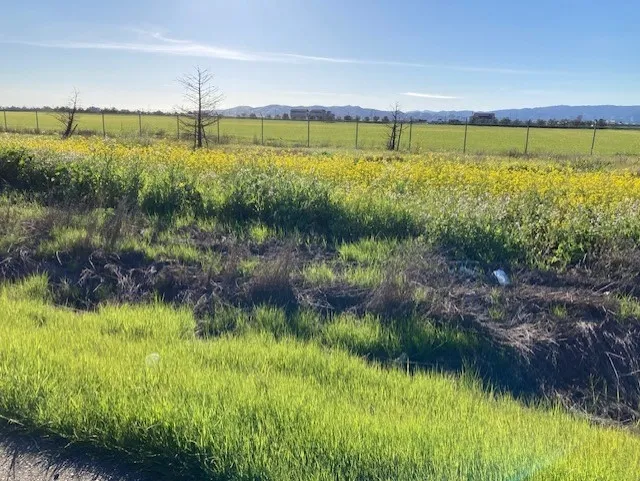National Invasive Species Awareness Week
The last week of February this year was designated National Invasive Species Awareness Week. While it states “National” in its title, it really is international, since many species are imported into areas where they were never intended to be. Nancy Olmsted, Invasive Plant Biologist,
Maine Natural Areas Program, Maine Dept. Of Agriculture, Conservation and Forestry, defined invasive as “A non-native species whose introduction causes economic or environmental harm, or harm to human health, and which can establish and spread in minimally managed habitats.” She is talking about plants, but this definition can be extended to the creatures that travel in on or with these plants too.

You may be thinking now of the wild mustard seen in Napa, Solano and Yolo vineyards this time of year or the star thistle that covers Solano hillsides in the summer. The California Invasive Plant Council has a good-size list with pictures https://www.cal-ipc.org/plants/profiles/ . A shorter list is available onPlantRight®, https://plantright.org/about-invasive-plants/plant-list/ . Some Master Gardeners have worked with PlantRight® in big box store nurseries in the not-to-recent past to identify the invasive plants being sold at the stores. A more recent threat is the Tree of Heaven (Ailanthus altissima)and a pest that came along with it, the Spotted Lanternfly. An upcoming Statewide UC Master Gardener program will be addressing these two. Many plants are imported and don't cause any problems. Some are imported and later cause problems that were not foreseen. I have a large black acacia in my backyard that I bought from a Vacaville nursery years ago. It was not on any invasive species list when I bought it. It is now quite large and sprouts root suckers (clones) that I whack off on a regular basis. Unfortunately, the tree also produces seeds that birds can disperse. Rain runoff can also spread the seeds as can my own shoes. The tree, my tree, is now on Cal-IPC's list. A 2013 study reported that 60% of the invasive plants were deliberately imported. (Lehan et al. 2013. Am. Journal of Botany 100(7): 1287-1293).
A short list of problems related to the invasive plants and critters they attract includes the following:
They out-compete the natives and alter the habitat so that native plants and the creatures that survive on them can no longer live. Some of you may have read Braiding Sweetgrass and can recall the author's cleanup of a water land on her own property in New York state. Many creatures returned after her backbreaking work to get rid of the non-natives to make the water clean and clear again.
Desired plants can be choked to death by invasive vining plants or their surrounding soil can be poisoned by invasive plants.
Invasive plants can attract invasive creatures that eat what is required by part of the native food web be it plant or another creature.
Invasive plants and animals can totally alter native habitat. I immediately think of kudzu in the South and Burmese pythons in the Everglades.
Invasive plants can fuel wildfires. Grasses that have overtaken open areas, and eucalyptus trees and their debris are just a couple of examples of potential fuel. Cal-IPC.org estimates the cost of just trying to mitigate the problem through education/outreach, monitoring and control at $82 million a year. That does not include the cost of wildfires!
Preventing spread of invasive plants and creatures is key. Here are a few ideas.
Check the plant you want to buy to ensure that it is not invasive. There are knowledgeable plant nursery gardeners and reference guides that will help you to “plant this and not that”.
Clean your shoe treads and clothing when working near invasive plants. Clean your boat when you come ashore, so that invasive creatures will be left where they were picked up initially. Signs encourage this at Lake Solano Park.
If you love a plant that is identified as invasive, find a version of it that is sterile. For example, many new butterfly bush varieties are now listed as sterile and not capable of reproducing.
Prune suckers and dig up offshoots while they are small. Yank out seedlings when you see them.
Do not compost invasive plants. They belong in the gray toter.
